When you are about to register your trademark, do you choose a word mark or a figurative mark? Each has its own characteristics and scope of protection, so what is the difference between them? We explain it here.

Word mark: protects the name itself
A word mark is made up of only words, letters or numbers. So, with a word mark, you register the name without any visual elements, such as a particular graphic design, letter type or composition. It means the name is protected regardless of the visual elements. A word mark puts you in a strong position with the right to take action against others who want to use or register a similar name for similar products.
NISHA & ME | SJEEZZ | JOLEY | EECULAIR |
Figurative mark: protects an image
A figurative mark registers an image, such as a logo, with or without letters or numbers. This can be made up of visual elements only or a combination of image and text. If the image includes words, letters or numbers, this is known officially as a 'figurative mark with word elements'. It protects the figurative mark as a whole. However, separate text or separate visual elements are not then protected separately. If you want to protect the separate text, regardless of any visual elements, then you should (also) register a word mark. The text must then be sufficiently distinctive of course.

Among others for legal advice | 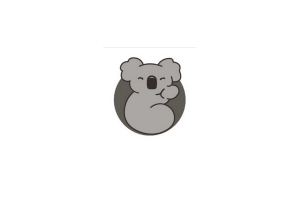
Among others for clothing | 
Among others for computer software | 
Among others for natural resins as raw materials |
Benelux trademark with application number 1493332 | Benelux trademark with application number 1492161 |
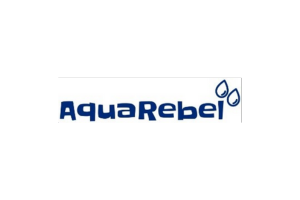
Among others for water shoes | 
Among others for cakes | 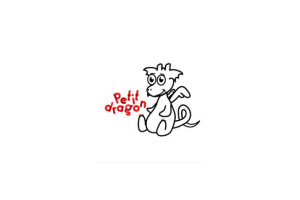
Among others for baby clothes | 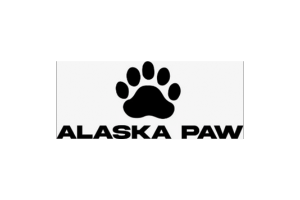
Among others for headwear |

Among others for smart watches | 
Among others for bags | 
Among others for soap products | 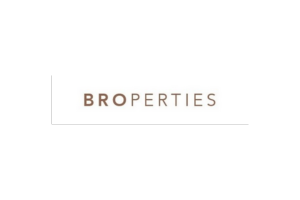
Among others for property management |
Word, image or both? What should you register?
Whether you choose a word mark or a figurative mark depends on which part of your brand identity is essential for you to protect: the name, the logo and/or specific elements. To give your brand the best protection, you should register both the name and the logo and any visual elements separately. However, this is not always possible or even necessary. The following questions may help you select what is best for you:
- What do my customers recognise as my brand?
- Is my name sufficiently distinctive to register it as a word mark?
- Is my logo sufficiently distinctive to register it as a figurative mark?
- What is possible for me financially?
- How likely is it that a competitor would adopt a word or a figurative element from my trademark?
Optimum protection with several registrations: an example
Suppose you have a logo for cakes which is made up of the name LULU and a separate image of a dodo. For optimum protection you can register a word mark for the name and figurative marks for the whole logo and the specific element. Example:
Word mark LULU: this puts you in a strong position with the right to take action against others who want to use or register a similar name for similar products.
Whole figurative mark (logo): with this you can take action against others with a logo that is similar to yours as a whole, for similar products.
Specific element (dodo): this protects the dodo part separately, making it easier for you to take action against third parties who adopt that element for similar products.
Do you need advice?
Do you want to register a word mark and/or a figurative mark and need help in making the right choice? Ask an IP professional for advice.



